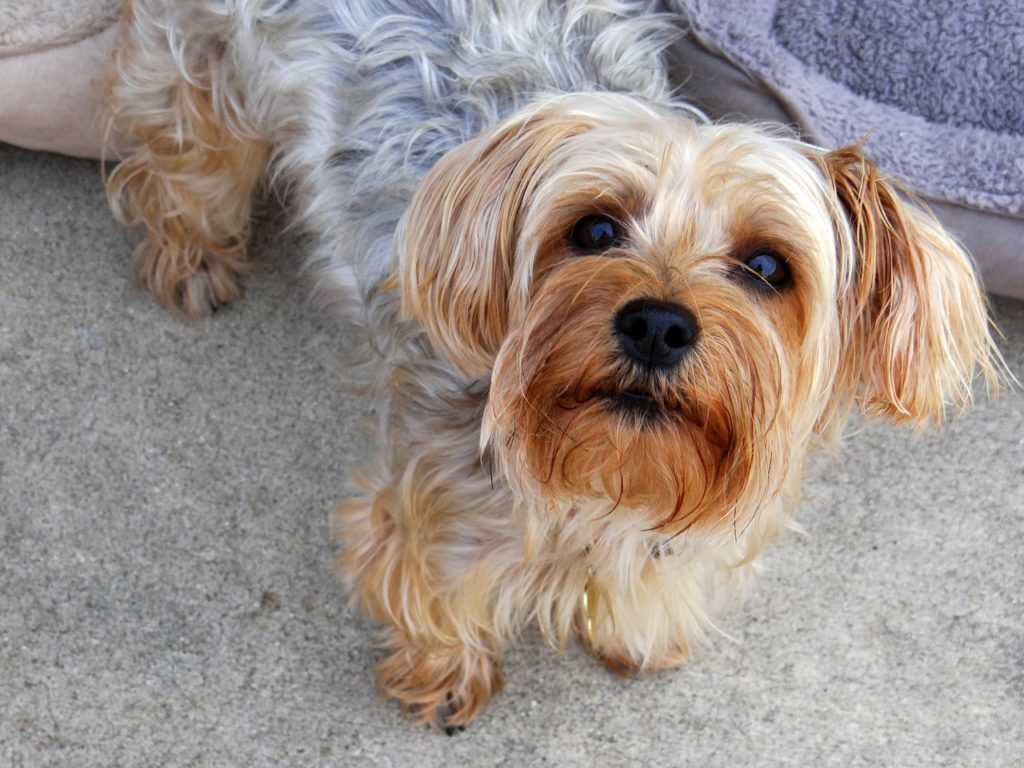Table Of Content

The good news is ingrown hairs can be treated effectively at home. Magnitone's Go Bare Shaver won't give you as close of a shave as a manual razor, but it's almost as good (take it from someone who knows). And, because it doesn't cut the hair quite as close to the skin it pretty much guarantees you won't get any ingrowers or itchy regrowth.
How to remove ingrown hairs?
However, a 2013 study showed no difference between single- and multiple-blade varieties. A good razor should glide gently across the skin, leaving behind no missed or half-shaven hairs. Replace razors regularly to avoid dullness, which can add friction. Exfoliation also gently scrapes away the dead skin cells that accumulate on top of the skin. This layer of dead cells can trap new hairs inside the follicles, causing them to grow inward. In this article, we describe how to safely remove ingrown hair on the legs and prevent the issue from recurring.
Are there ways to prevent ingrown hairs?
These products contain ingredients commonly found in acne medications, such as benzoyl peroxide, salicylic acid, and glycolic acid. When successful, they prevent ingrown hairs by removing dead skin cells and unclogging pores. Ingrown hairs can be more common in people with coarse or curly hair.
Over the counter products
You can relieve an ingrown hair under the skin by reducing the risk of an infection in the area and by using exfoliation to relieve any discomfort or pain. We all have been there when we dreamt of silky smooth legs post-wax jobs, but instead, we see nasty bumps. And then there you are, wondering what to do and perhaps scratching a few of those ingrown hair cysts.
Sometimes ingrown hairs are irritating to deal with or become a regular problem. When this happens, some people stop removing hair in the problem area altogether. This article explores ways to treat and prevent ingrown hairs, to reduce discomfort for people who experience them. Too much friction can result in irritation and inflammation. It may also cause razor burn, in which the skin becomes bumpy, red, and sometimes painful.
How long do ingrown hairs last?
When faced with an ingrown hair, avoid the temptation to squeeze it, as you could end up pushing the hair deeper into the skin, or you could spread bacteria into the pores triggering an infection. You’re also more likely to have ingrown hair if you have skin of color or thick, coarse or curly hair. It develops when shaved hairs curve back into the skin, leading to inflammation. However, some hairs can curl back on themselves and grow into the skin.
Throw Your Tweezers Away - The New York Times
Throw Your Tweezers Away.
Posted: Thu, 17 Aug 2006 07:00:00 GMT [source]
The beard area of your face (neck, cheeks and chin), legs, armpits and pubic area (bikini line and inner thigh) are most likely to develop ingrown hairs. However, they may also appear on other parts of your body, including your scalp, chest, back, abdomen, inside of your nose (nostril), eyebrows and buttocks (butt). Anyone who shaves, tweezes or waxes their hair can develop ingrown hairs. If you shave often, you’re more likely to have ingrown hairs.
How we vet brands and products

They may appear anywhere hair grows on your body, but they commonly appear in places where you shave, tweeze or wax, especially your face, legs, armpits and pubic area. A good skin care routine helps prevent ingrown hairs from forming, while at-home treatments can help release the hair from underneath your skin and provide relief. Contact your healthcare provider if you notice any signs of infection. Listen up, ladies and gents—this is one skin care concern that can affect anyone, no matter your age, skin type, or gender. We’re talking about ingrown hairs—those painful red bumps that pop up days after hair removal. Ingrown hairs can happen to anyone who removes hair, either via shaving, tweezing, or waxing.
A doctor can treat the infection and keep it from spreading or getting worse. There are some OTC creams and treatments available for people who regularly get ingrown hairs. Curly hair also lends itself to becoming ingrown, which explains why the bikini area is particularly prone. “Most hairs when they grow back in the bikini areas are a little bit curly,” says Dr. Wechsler.
But, before you make any further mess, that is likely to leave permanent marks, stop and read this. Ingrown hair is simply the body hair that grows under your skin, instead of rising up. It happens due to several reasons, but the most common explanation is dead skin cells clogging the hair follicle, which leads to undergrowth or side growth. Of course, you want to get rid of it, here are some of your options. Hairs very close to the surface can be coaxed out with a sterile needle or a pair of tweezers, but if the hair is deep in the skin, don’t go digging.
But if you prefer to de-fluff, waxing is less likely to lead to ingrown hairs. If you're wincing at the thought of the pain (or the cost), and aren't ready to try doing your own wax either, try a sensitive hair removal cream, instead. Ingrown hairs happen when a shaved or plucked hair begins to grow back in under the skin instead of emerging from the follicle. This process not only causes unsightly red bumps, but can also lead to irritation, infection, or even permanent scarring. Reduce your chances of getting ingrown hairs by properly preparing your skin before hair removal and using safe, gentle hair-removal techniques.
An antimicrobial lotion like Dermol or Exmol can be bought over the counter for recurring ingrown hairs. A soap substitute that helps alleviate dry skin, it will be easier on your sore face if you’re using it daily. Stop shaving, waxing, or tweezing the area and allow the hair to grow. As tempting as it may be, don’t pick or scratch at the ingrown hair since this can cause scarring or infection. Instead, apply a warm compress to the affected area whenever it feels inflamed.
Dermatologists weigh in on the safest way to get rid of ingrown hair—plus, how to prevent them from happening in the first place. If you do decide on self-surgery — again, a really bad choice, Drs. Wechsler and Lolis both emphasize — you can wind up with an infection.
Before shaving, wash the area thoroughly with a gentle soap. Use a moisturizing shaving cream or gel to reduce friction. There are a few different things that cause ingrown hairs, some of which you can't control, some of which you can. If it seems like there are more ingrown hair bumps on your bikini line than anywhere else, that's not your imagination. Because pubic hair is more coarse and curly, you're more likely to develop ingrowns in this area, adds Dr. Icecreamwala. Most instances of ingrown hair get better without treatment.
Pubic Lice: Still NOT Going Extinct - WIRED
Pubic Lice: Still NOT Going Extinct.
Posted: Mon, 29 Sep 2014 07:00:00 GMT [source]
Once you’ve removed the hair, use appropriate aftercare to make ingrown hairs even less likely. Ingrown hair can be so uncomfortable, you may think that you’re dealing with a serious health concern. Ingrown hairs most commonly occur on the beard area, chin, cheeks, and neck in men who shave their faces. Other common areas for ingrown hairs include the armpits, pubic area, and legs. As far as things that you can control, this is where your preferred method of hair removal comes into play.












